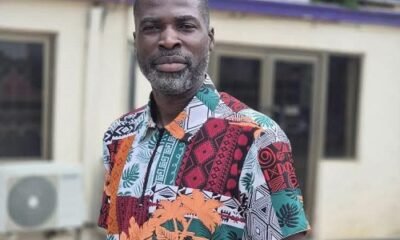News
Many killed in central Mali ethnic attacks: Officials
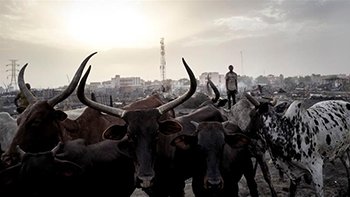
Armed men on motorcycles have killed at least 27 civilians in central Mali in three attacks on ethnic Dogon farming villages in less than 24 hours, local officials said on Thursday.
Central Mali has been ravaged in recent years by ethnic reprisal killings, as recriminations between Fulani herding and Dogon farming communities over violence compound long-standing grievances.
Local officials told Reuters news agency they believed the three attacks, between Tuesday night and Wednesday evening, were carried out by people claiming to be defending Fulani against rival Dogon.
“We were surprised by the attack on the village of Tille. Seven were killed, all Dogons, some of them burned alive,” said Yacouba Kassogue, the deputy mayor of Doucombo, the municipality in which Tille is located.
Attacks on villages in the neighbouring areas of Bankass and Koro killed another 20 civilians, most of them shot or burned to death, local officials said.
A spokesman for Mali’s army was not immediately available for comment. The army has been criticised by rights groups and residents for failing to protect civilians in central Mali.
Violence between the Dogon and Fulani has compounded an already dire security situation in Mali’s semi-arid and desert regions, which are used as a base by armed groups with ties to al-Qaeda and the ISIL (ISIS) group.
The Fulani are primarily cattle breeders and traders, while the Dogon are traditionally sedentary farmers.
Last year, the United Nations mission in Mali (MINUSMA) announced it recorded “at least 488 deaths” in attacks on Fulanis in the central regions of Mopti and Segou.
In the bloodiest raid, about 160 Fulani villagers were slaughtered in March last year at Ogossagou, near the border with Burkina Faso, by suspected Dogon hunters.
MINUSMA said since January 2018, armed Fulanis had “caused 63 deaths” among the civilians in the Mopti region.
MINUSMA has been operating in Mali since 2013, which ranks as the most dangerous UN mission, with 125 peacekeepers killed in attacks since deployment.
The Armed Conflict Location and Event Data Project (ACLED), a consultancy that tracks political violence, says it recorded nearly 300 civilian deaths in Mali in the first three months of 2020, a 90 percent increase over the previous quarter.
AL JAZEERA AND NEWS AGENCIES
News
Northern Regional Police arrest three suspects in kidnapping case

The Northern Regional Police Command has arrested three men believed to be part of a kidnapping syndicate responsible for abducting a 42-year-old man in Wapuli, a community in the Yendi District.
The suspects, Haruna Seidu, Amidu Bandi and Osman Bandi allegedly kidnapped the victim and demanded GH¢100,000 from his family for his release.
According to a police statement, officers from the Regional Police Intelligence Directorate were deployed to Wapuli after the incident was reported.
The team conducted surveillance and launched a rescue operation.
On Friday, December 5, 2025, police successfully rescued the victim and arrested the suspects after what was described as an intense exchange of gunfire.
The suspects were later taken into custody and are expected to be arraigned before court.
The Police said the a fourth suspect, who is believed to have sustained gunshot wounds during the operation, is currently on the run.
They urged the public to provide any information that may lead to his arrest.
By: Jacob Aggrey
News
Nana Yaa Serwaa Sarpong advocates Bold educational reforms at the UK House of Lords during Global Education Summit.
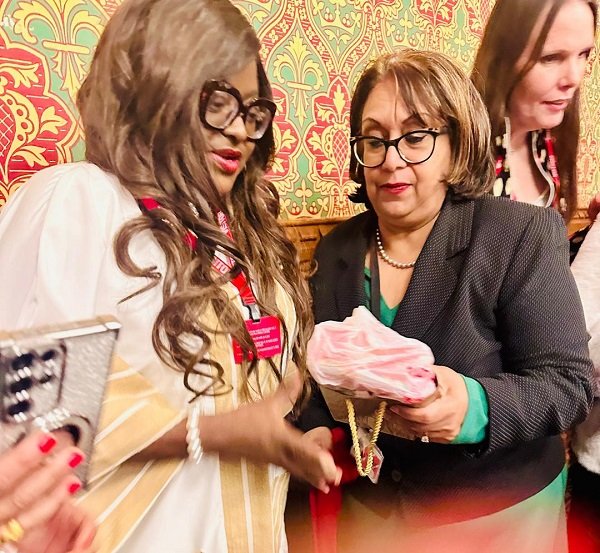
On November 27 2025, global development leaders, policymakers, education experts and civil society organisations gathered at the UK Parliament’s House of Lords for the Global Education Summit hosted by The Baroness Verma of Leicester and organised by the African British Business Forum.
The high-level event focused on the global rise in out-of-school children and the urgent reforms required to deliver equitable, quality education for all.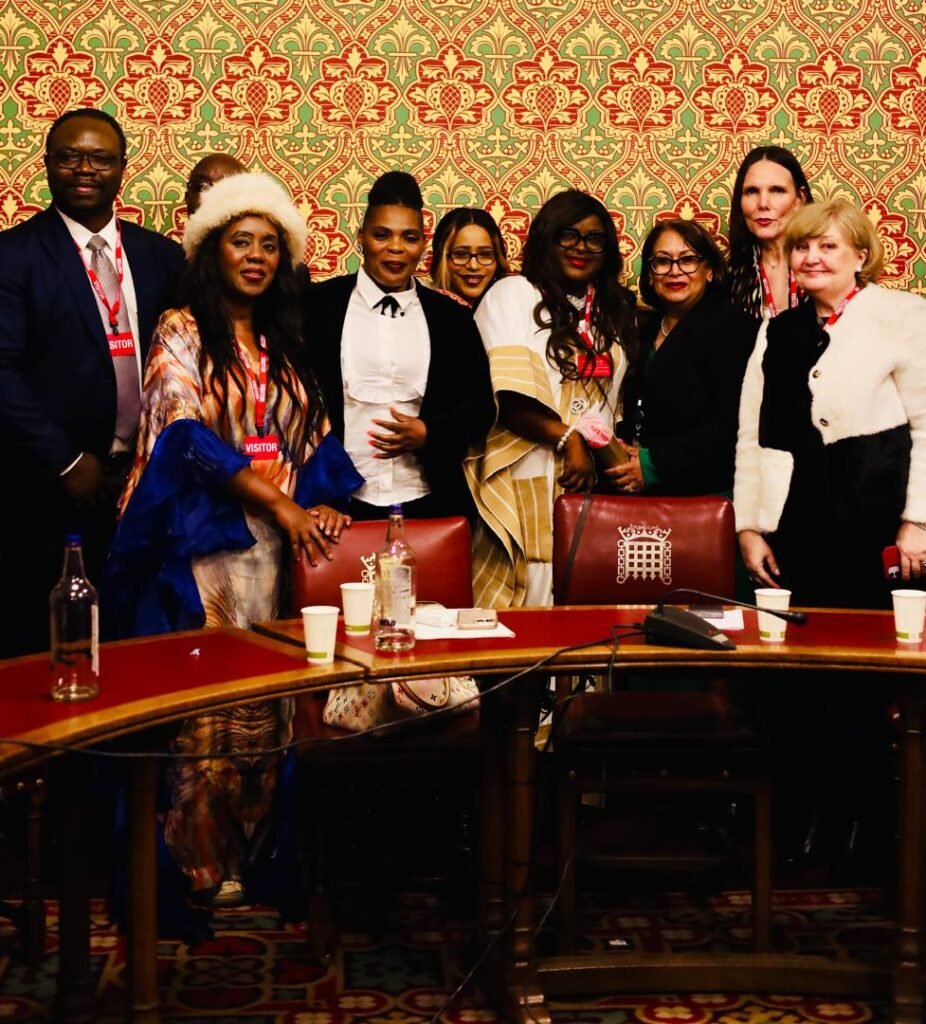
Among the distinguished Speakers was Nana Yaa Serwaa Sarpong, Founder & President of Women in Sustainability Africa (WiSA) and General Manager of the EIB Network, who delivered a compelling address on the theme “Breaking Barriers: Empowering Out-of-School Children Through Education.”
In her remarks, Nana Yaa who is currently celebrating 26years of Service in the Media, emphasized that education must be viewed as essential national infrastructure, not charity.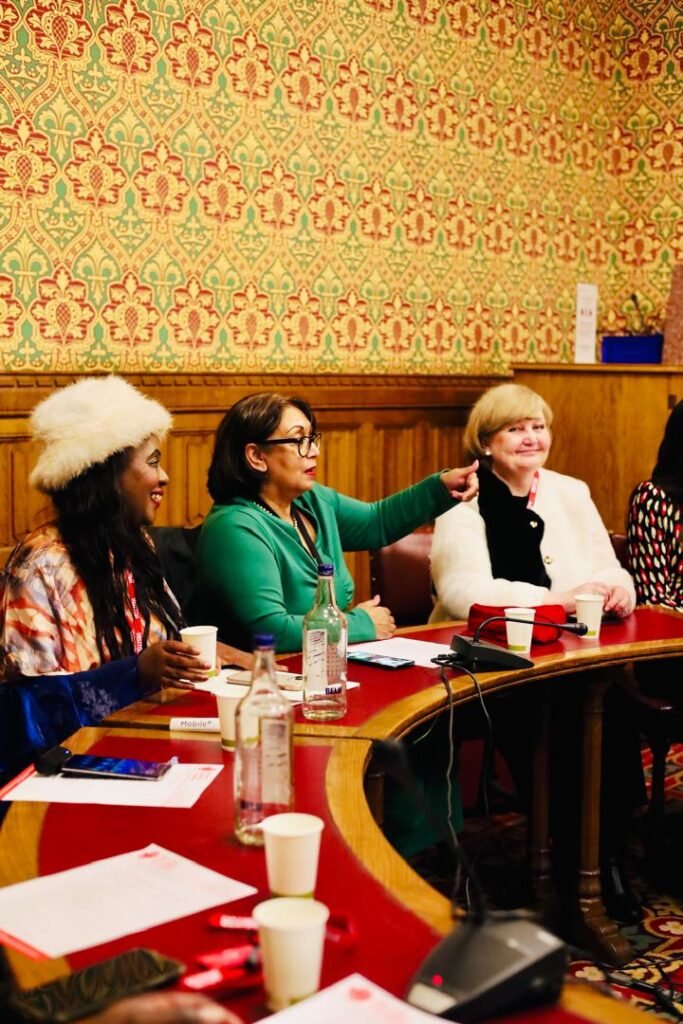
Borrowing experiences from her 18 years of empowering women and young people, she presented a strong case on how Africa’s poor educational systems tie into the poor state of its Gender Equality gap.
According to her, unlocking access to education is one of the most effective ways to strengthen economies, empower women and young girls, build resilient communities and drive sustainable development.
She highlighted that each child excluded from learning represents deferred innovation, delayed opportunity and a weakened society.
Nana Yaa noted that the barriers keeping millions of children out of school are complex and interconnected—ranging from poverty and cultural norms to geographical isolation and digital exclusion.
Addressing these challenges, she argued, requires solutions that are equally comprehensive and multi-layered.
Nana Yaa stressed that girls remain disproportionately affected, and investing in girls’ education has a transformative impact across several Sustainable Development Goals, including gender equality, poverty reduction, health outcomes and climate resilience.

Nana Yaa advocated for the expansion of flexible, inclusive and community-responsive educational models, such as mobile classrooms for remote and nomadic communities, community learning hubs, after-hours programmes for working children, radio-based instruction for low-tech areas and digital platforms designed to reach learners regardless of connectivity challenges.
She warned that without deliberate action, the digital divide would continue to widen, pushing already vulnerable children further to the margins.
During her presentation, she introduced three major reforms WiSA is seeking Partners for, aimed at reshaping educational access across Africa and beyond.
These are the Digital Bridge for Out-of-School Children (DBOC), the Community Education Stewardship Hubs (CESH) involving local women educators and youth volunteers and the Teen-focused Global Skills Accelerator for Out-of-School Teens (GSA-OT).
She also underscored the need for education systems that support instruction, inclusivity and healing, particularly for children experiencing autism, trauma, displacement or conflict.
Nana Yaa emphasised that emotional and psychological support must be integrated into educational frameworks in order to restore confidence, stability and long-term learning capacity.
The summit concluded with strong commitments from stakeholders to adopt sustainable financing models, strengthen data-driven policies and expand cross-sector partnerships.
The African British Business Forum reaffirmed its commitment to championing innovative, scalable solutions to educational inclusion across the UK, Africa and the wider global community.

